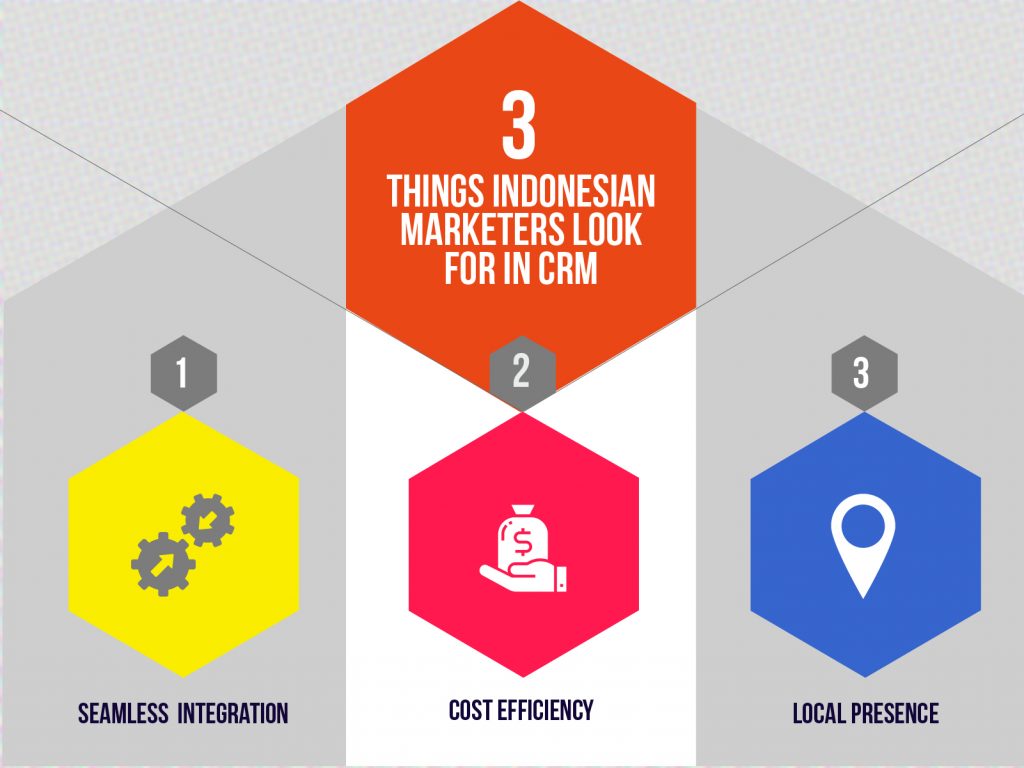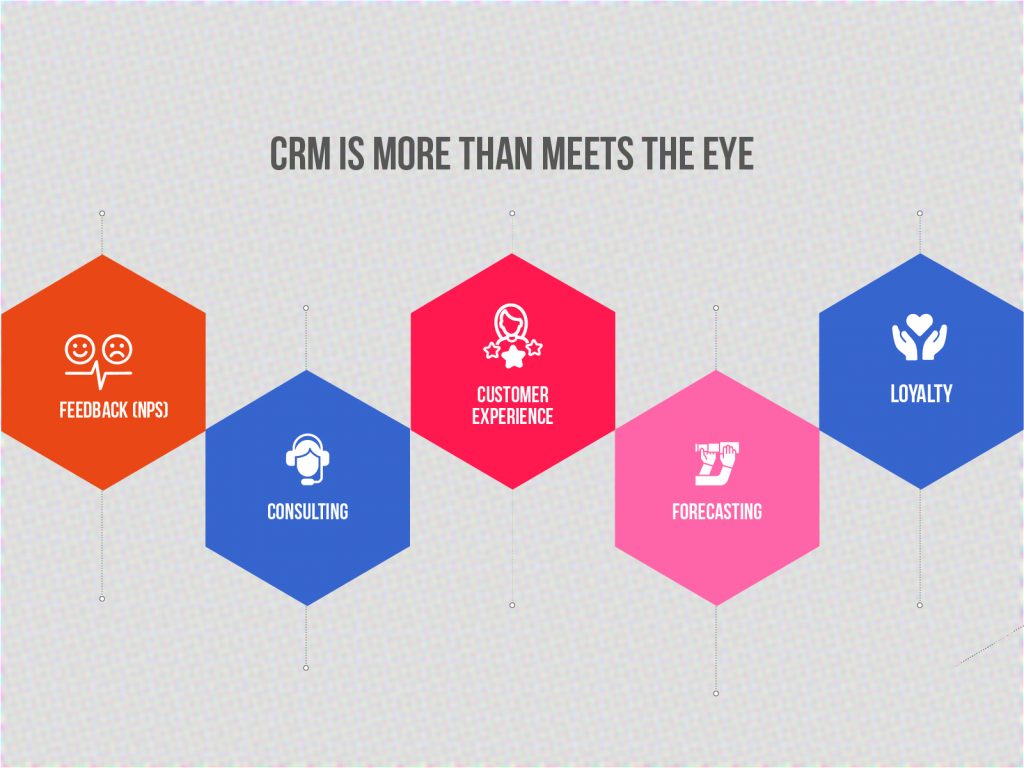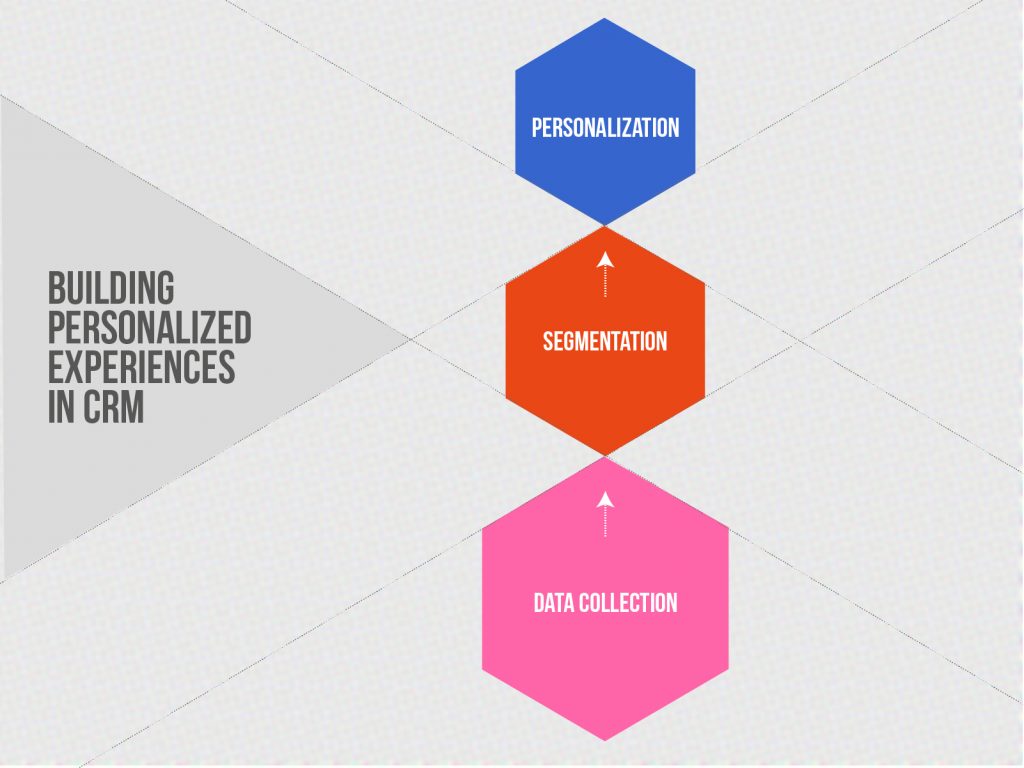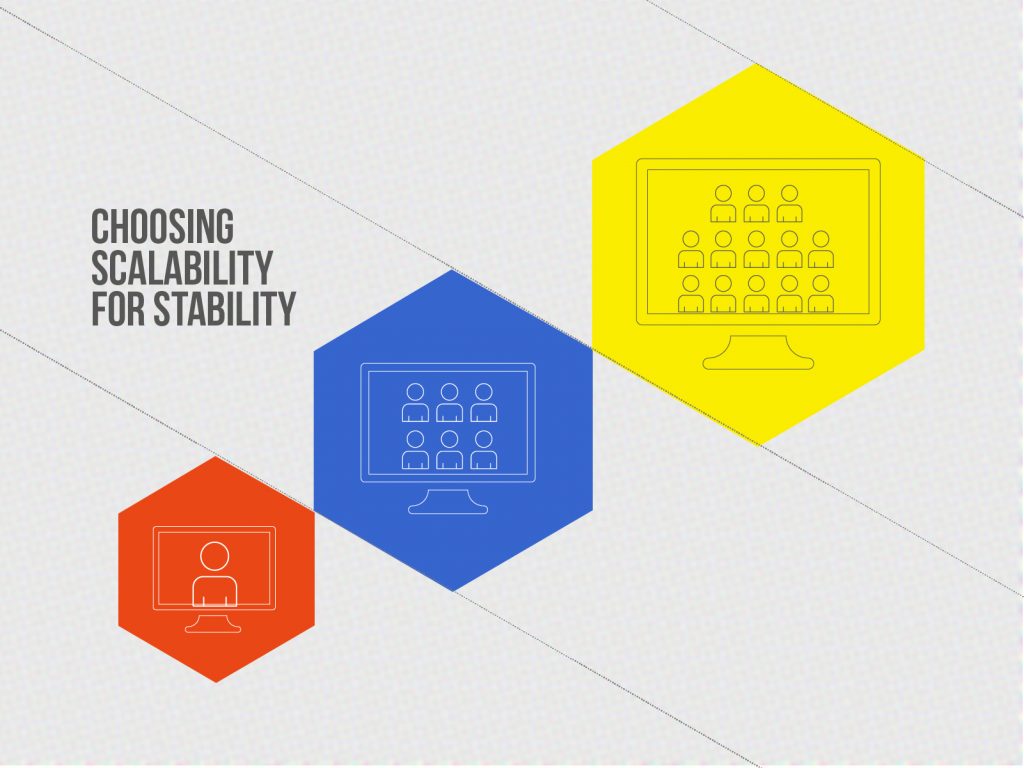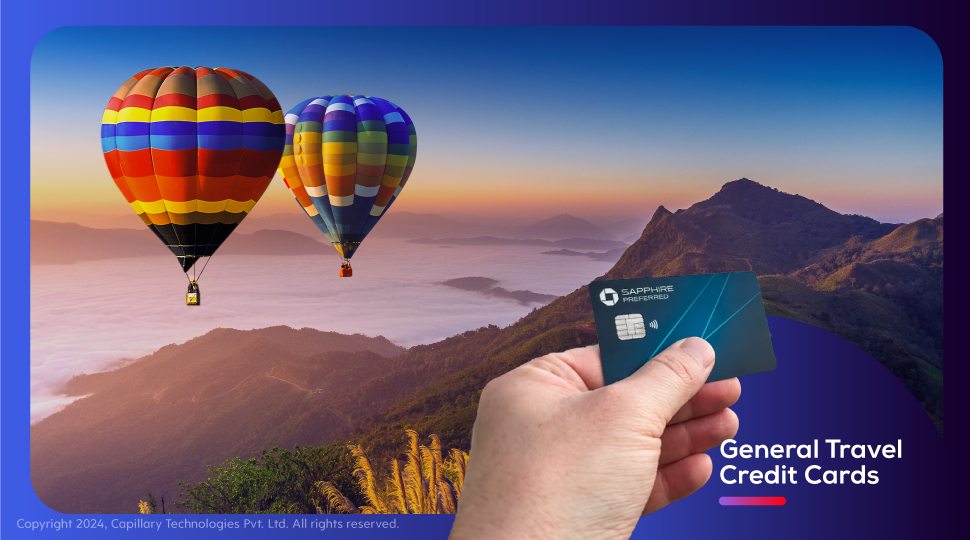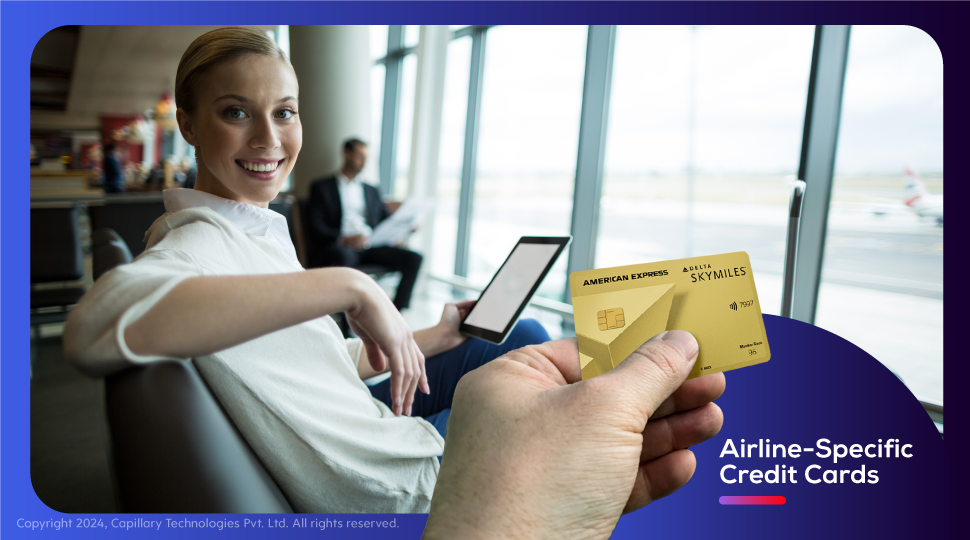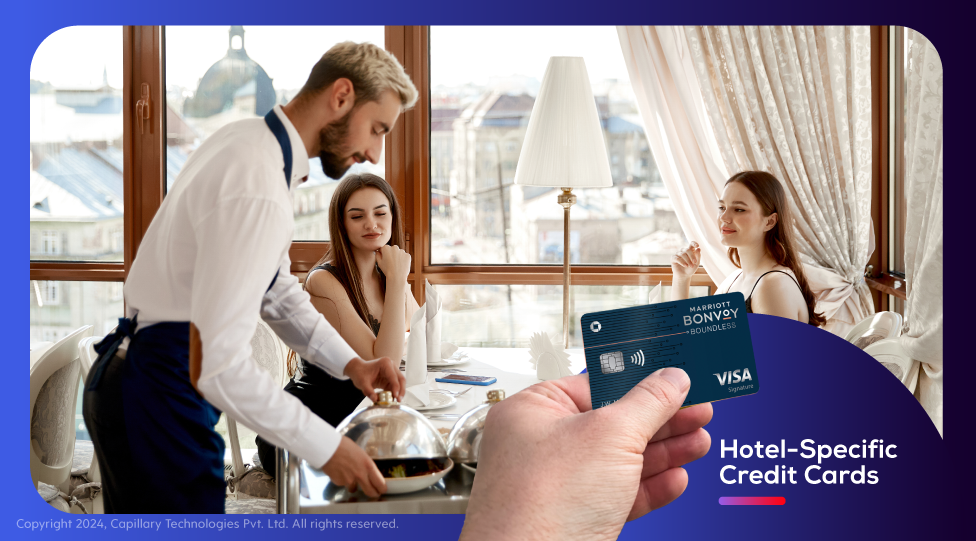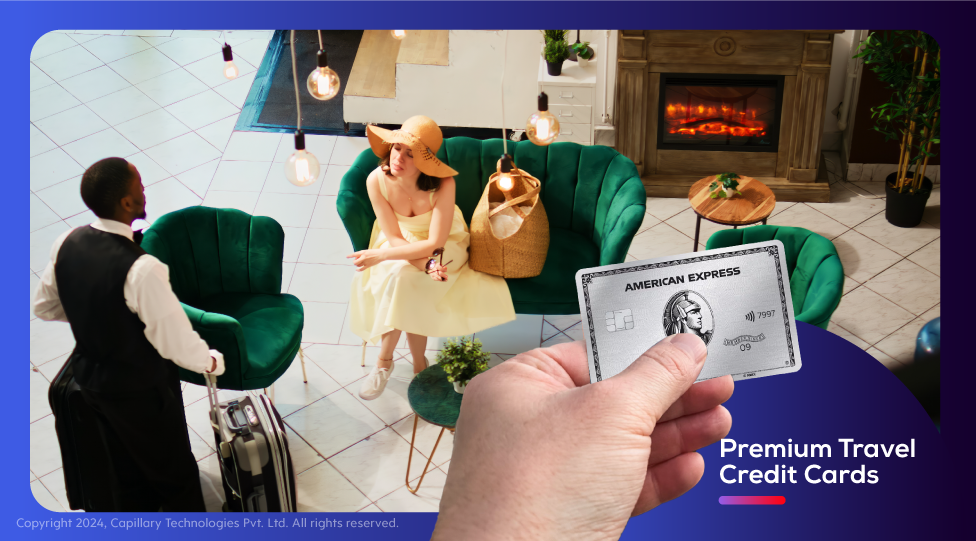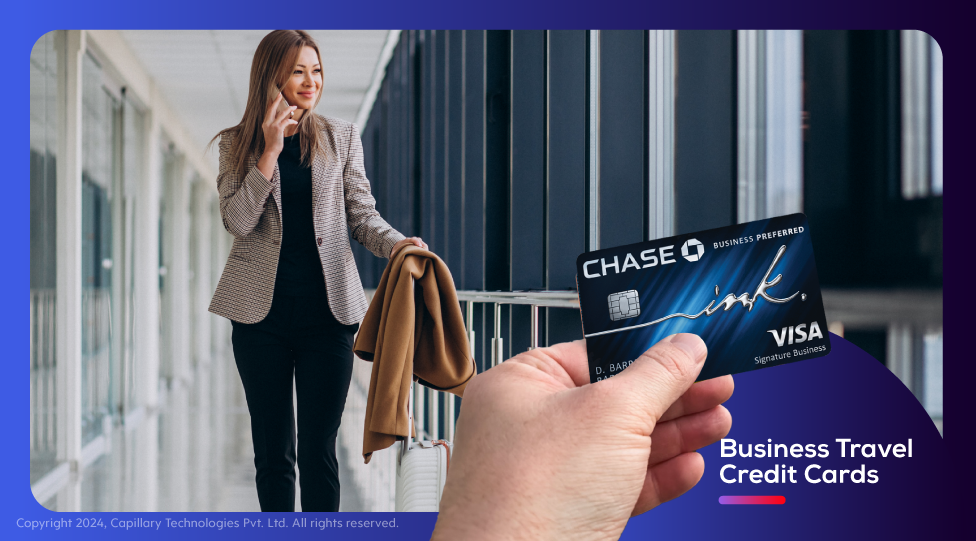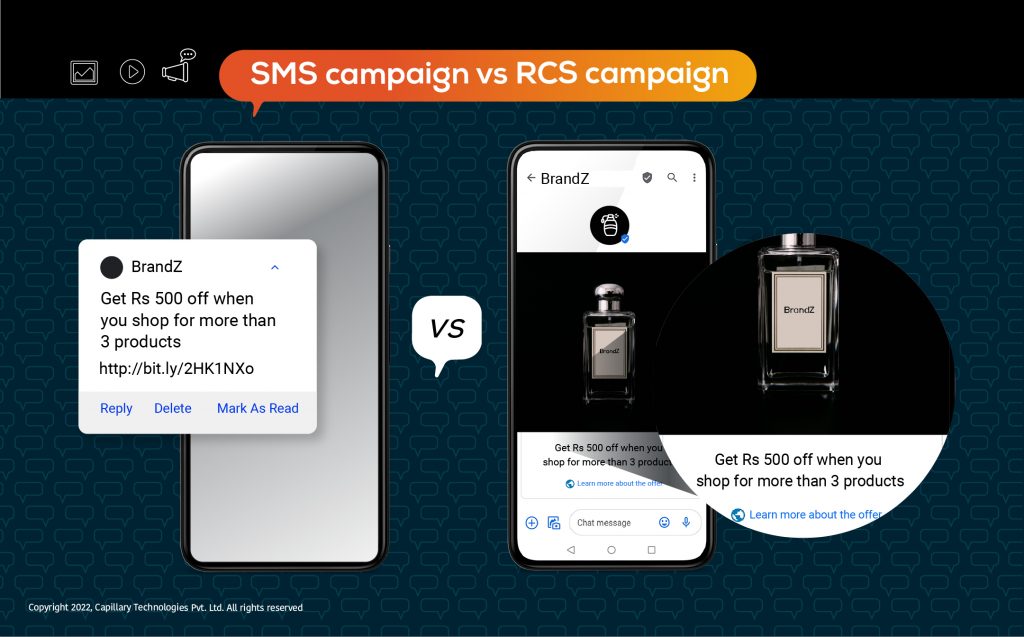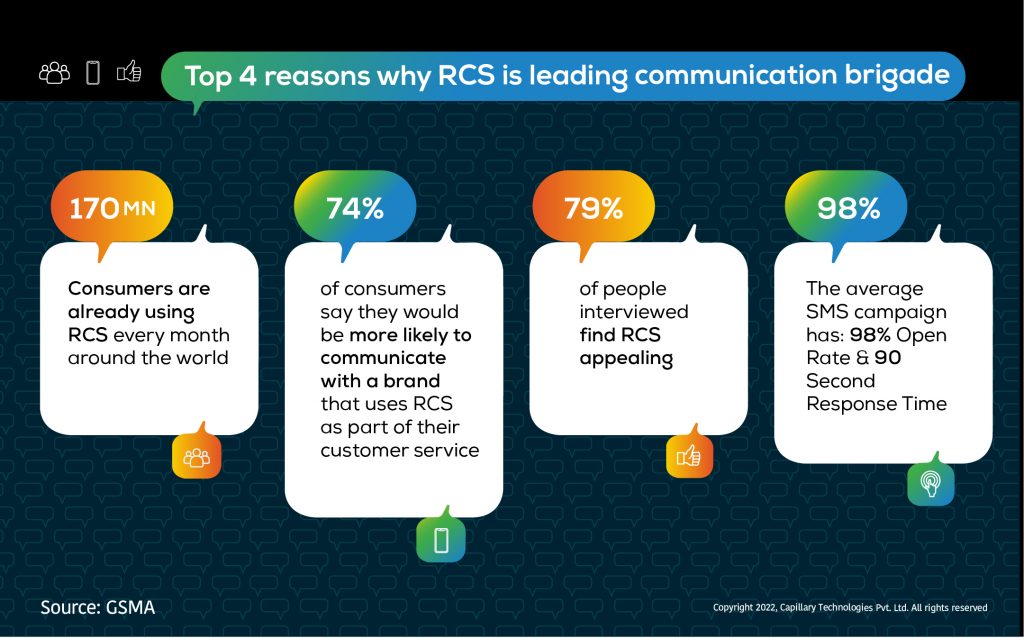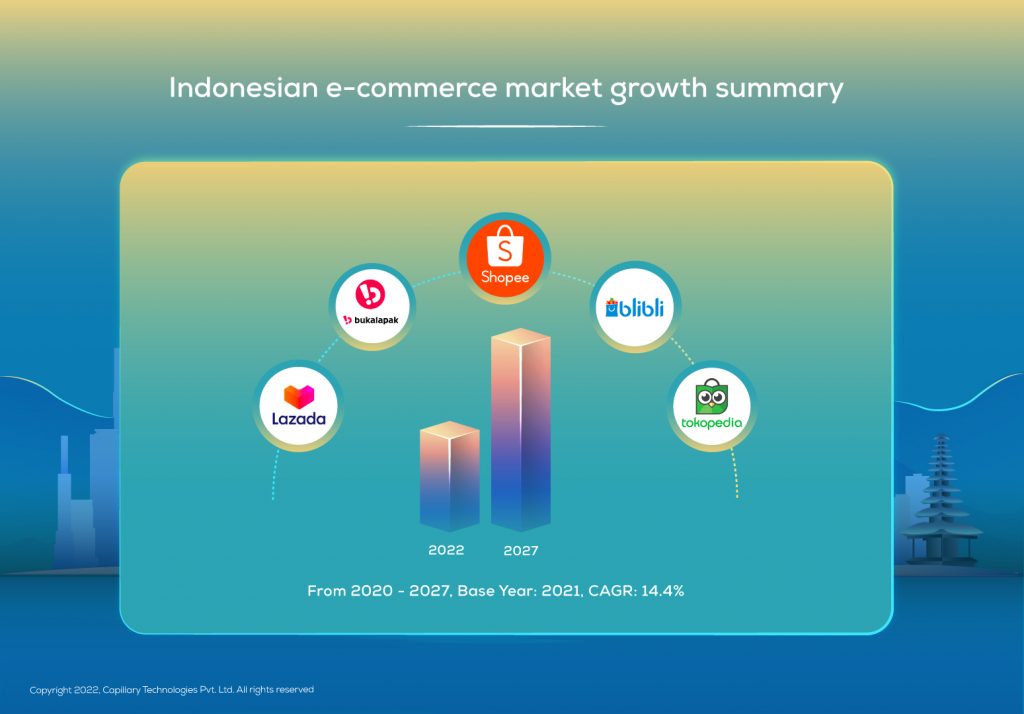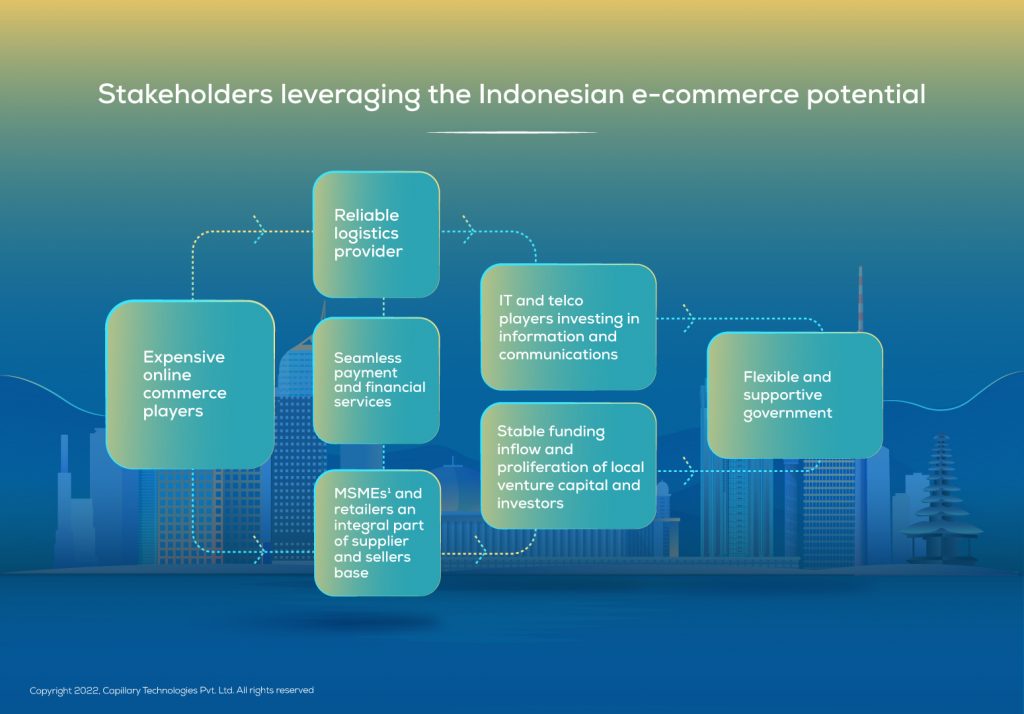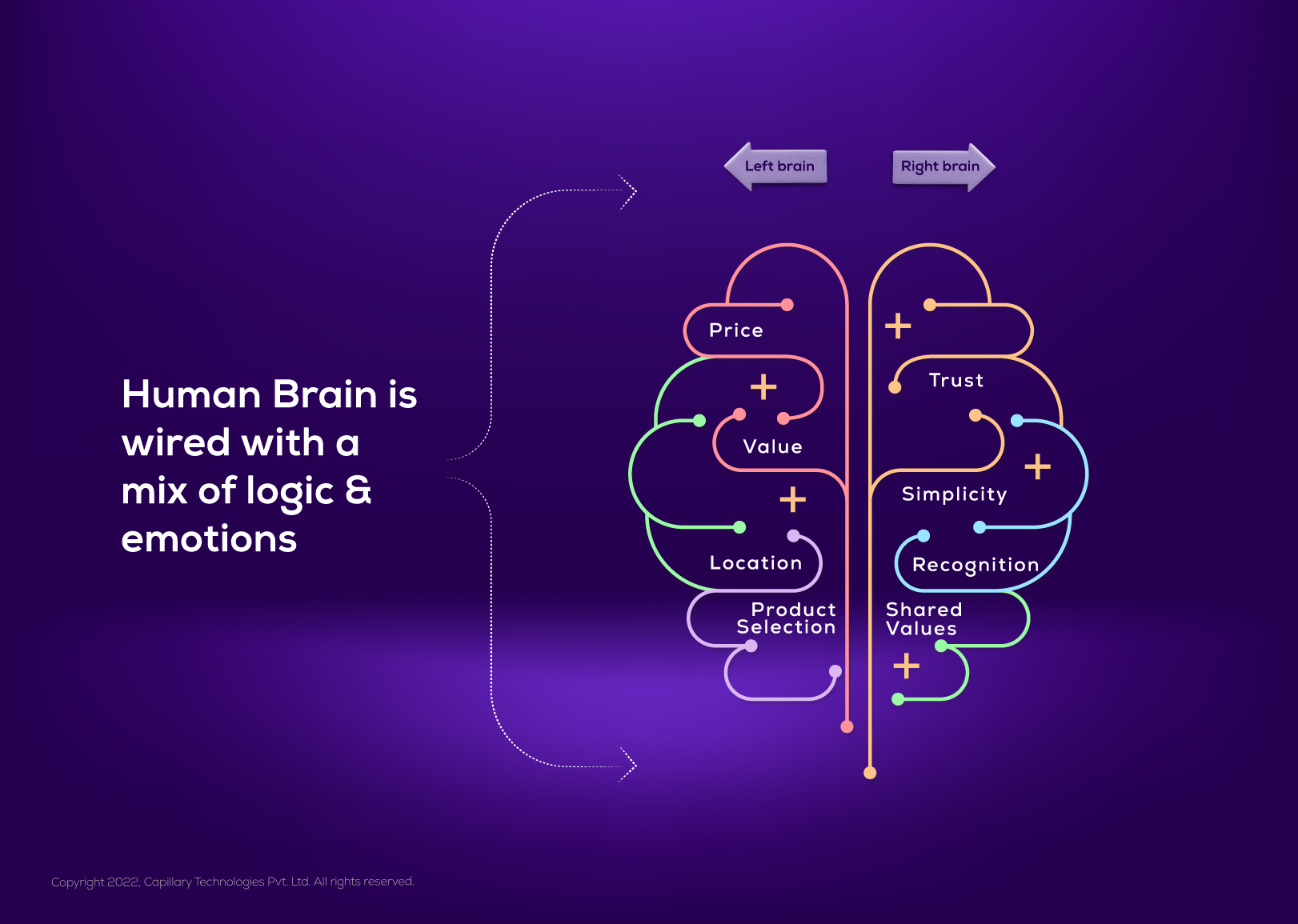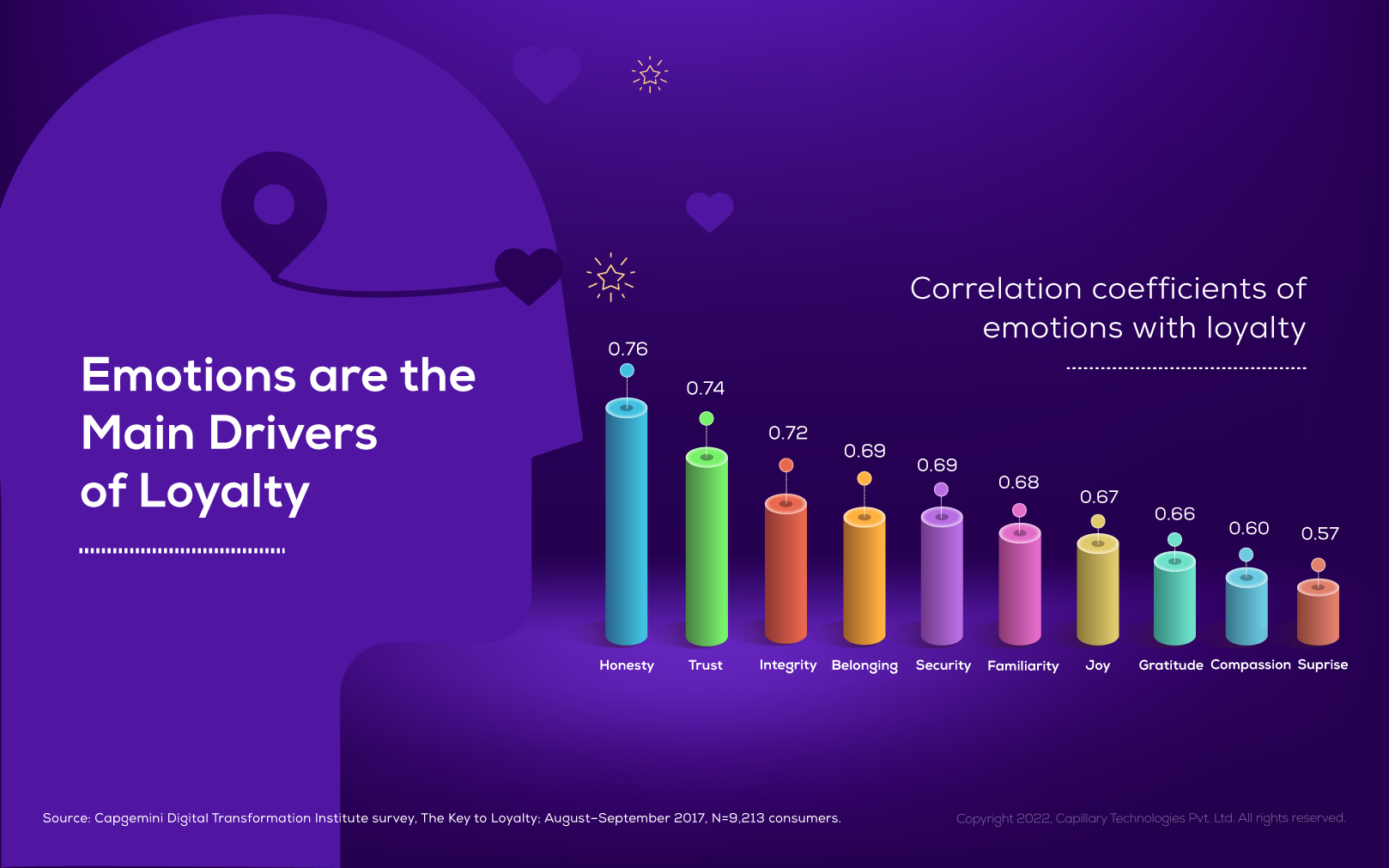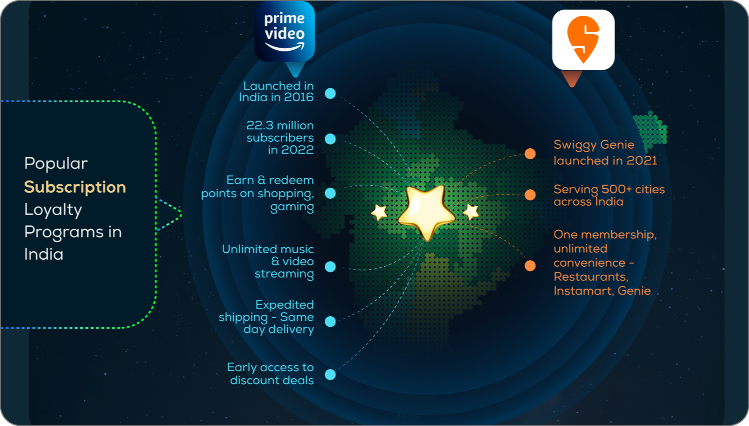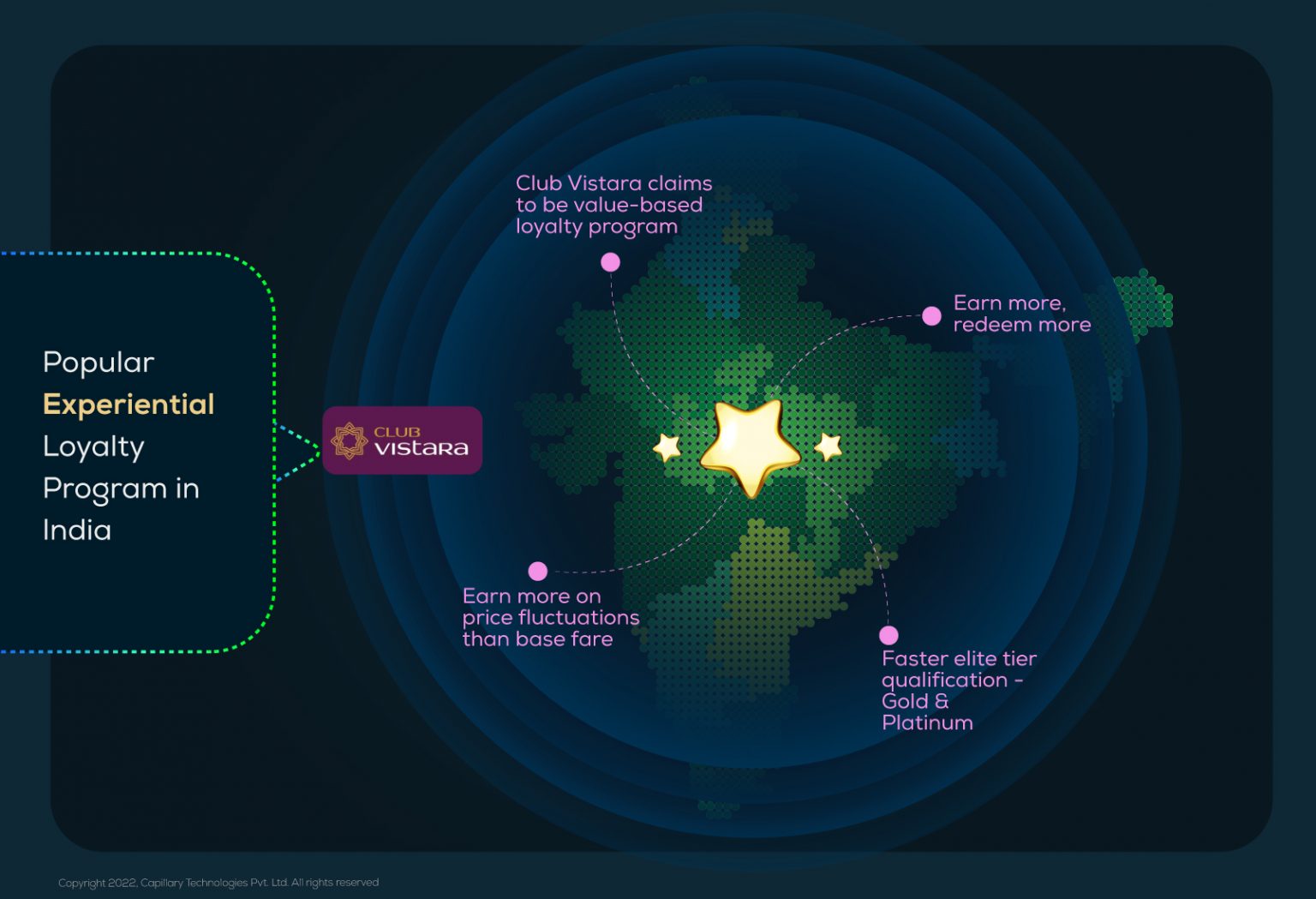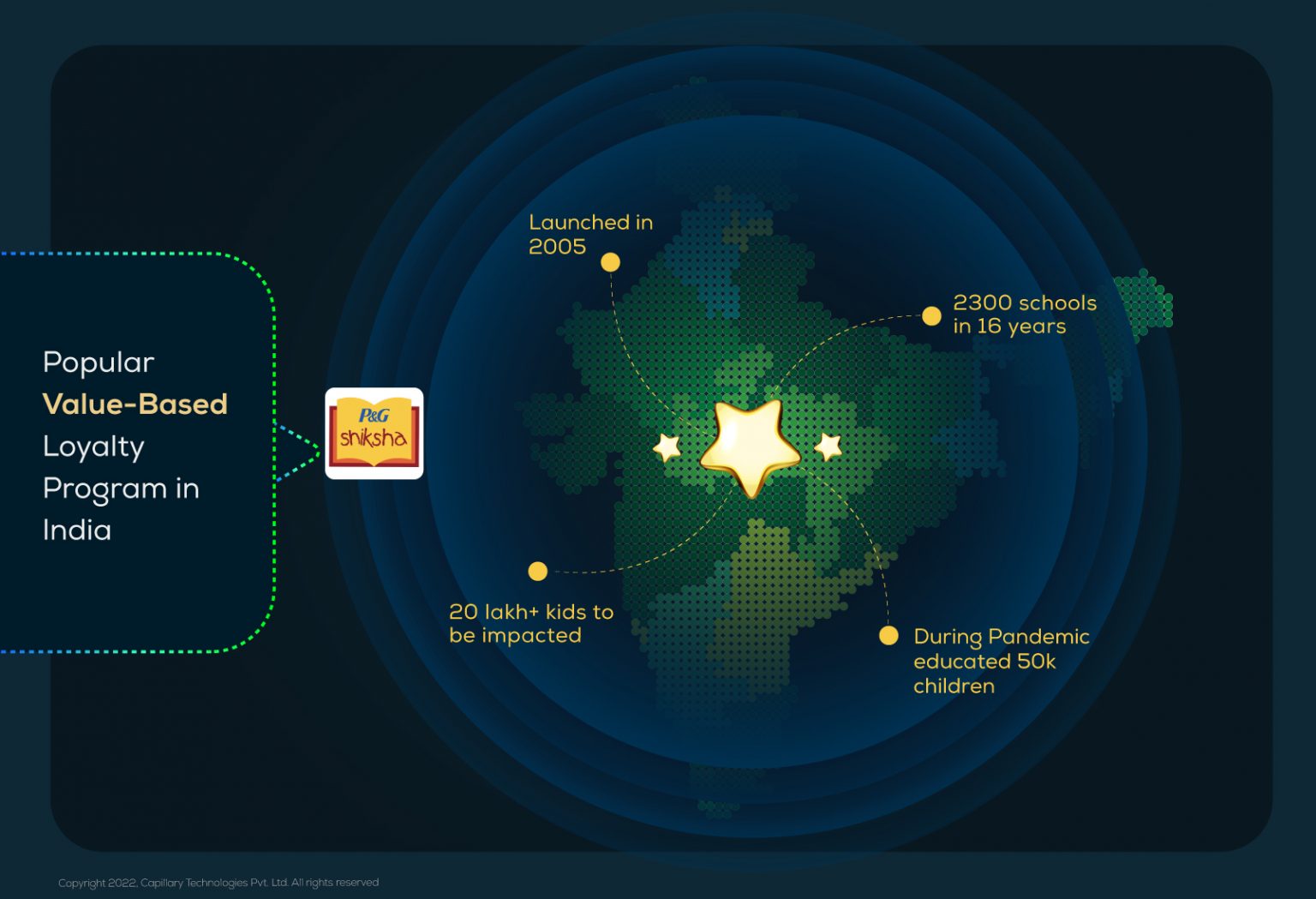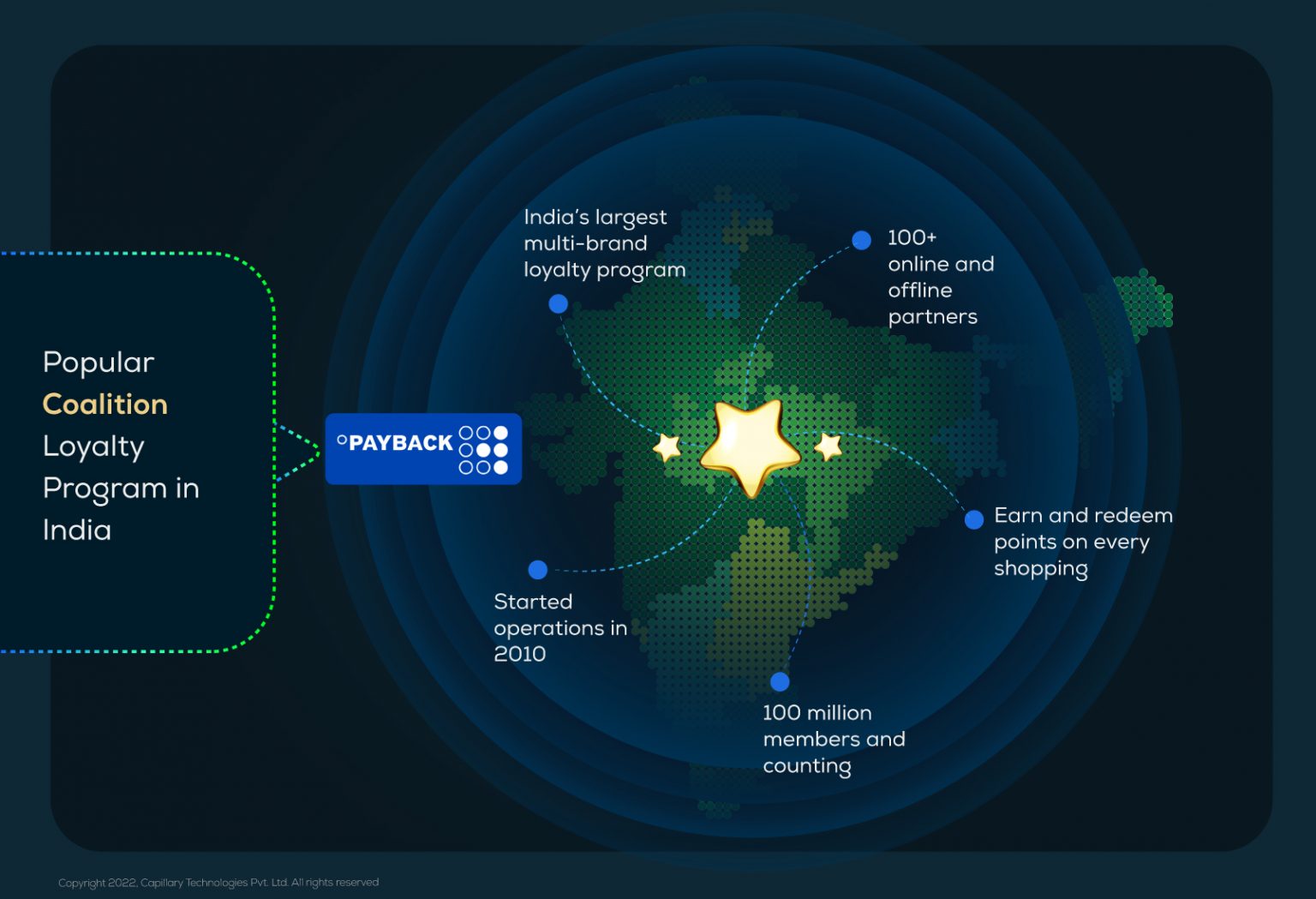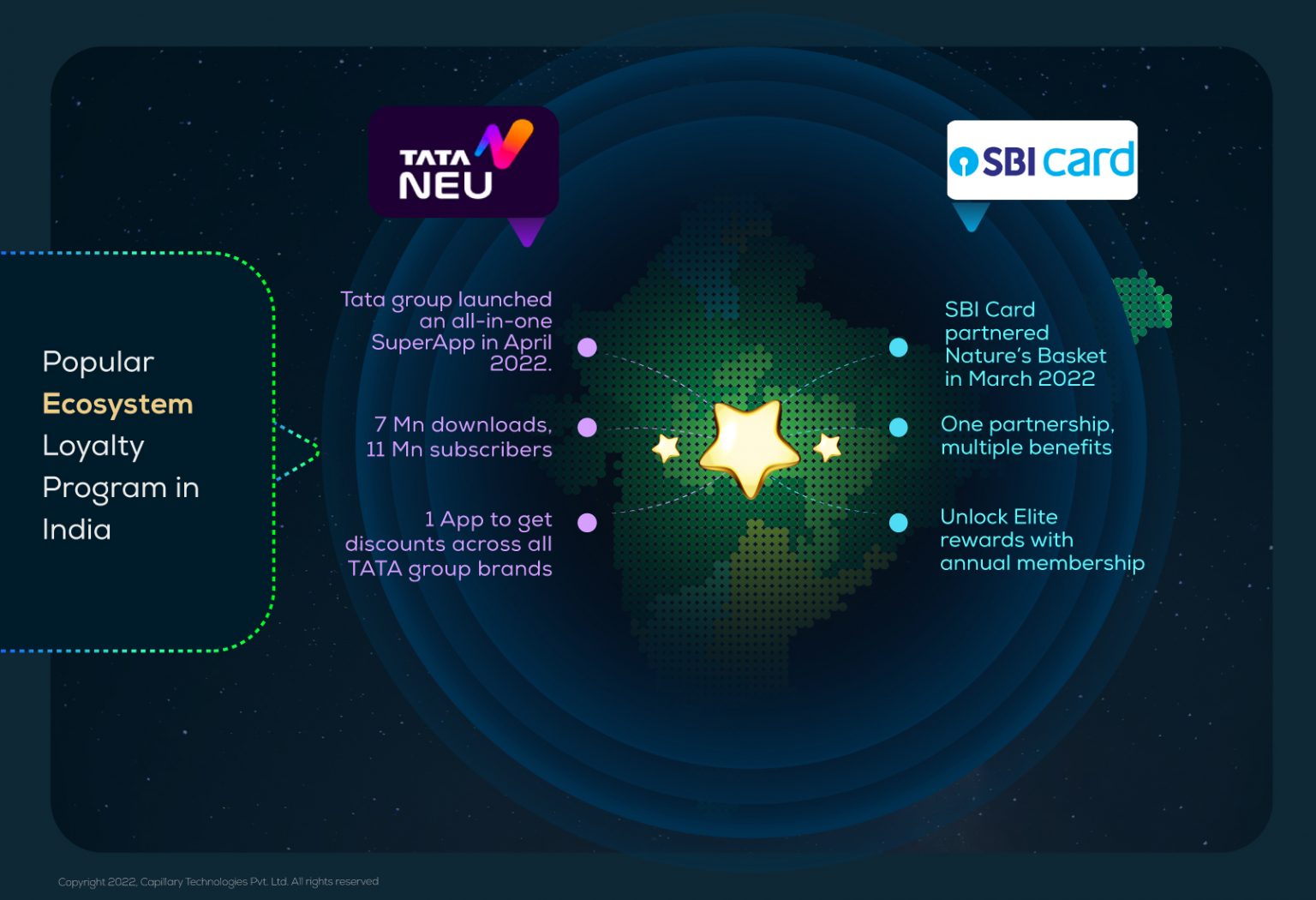The core purpose of CRM is to strengthen a brand’s business relationship with its customers and drive long-term loyalty through meaningful engagement.
In today’s competitive landscape, CRM software achieves this by analyzing and streamlining customer interactions throughout their purchase journey. From capturing data to evaluating insights, a robust CRM software solution empowers businesses to enhance their marketing strategies, track sales performance, and manage leads effectively. With hundreds of CRM tools flooding the market, selecting the ideal one tailored to specific business needs can feel like a monumental task.
CRM serves as a comprehensive strategy for achieving customer-centric growth. Beyond its CRM features, such as lead management and customer segmentation, modern CRMs incorporate advanced technology like AI and predictive analytics to transform the way businesses interact with their customers.
Why Enterprises in Indonesia Need the Right CRM Software to Thrive
Southeast Asia’s largest economy, Indonesia, is at the heart of a digital transformation. According to a report by Google, Temasek, and Bain & Company, Indonesia’s digital economy is projected to reach $77 billion in 2025, making it one of the most dynamic and promising markets in Asia. This growth has been fueled by the rapid adoption of e-commerce, digital payments, and cutting-edge technologies such as AI, AR/VR, chatbots, and machine learning, all of which contribute to enhanced customer experiences. In such a thriving environment, the need for powerful software CRM Indonesia solutions is more critical than ever.
To delve deeper into how businesses in Indonesia are navigating their CRM choices, we spoke with one of our top Indonesian CRM experts. Here’s a detailed breakdown of their insights on what marketers look for when selecting the right CRM.
Three Factors Indonesian Marketers Need to Prioritize When Picking A CRM Software
-
Seamless Integration
Indonesian marketers look for a CRM that requires the least integration effort with their current database. A lot of them fear the strenuous integration process it may require.
-
Cost-Effective
One cannot deny that pricing is one of the most important considerations for marketers when selecting a CRM system. Given that many new and upcoming businesses have been established in Indonesia recently, a cost-effective CRM solution is crucial to them.
-
Local Presence & Understanding
A country as populous as Indonesia has a more diverse demographic structure and base. Upcoming businesses are still learning the ins and outs of CRM technology. As a result, they are more likely to give preference to CRM system companies that are situated in Indonesia. This gives them the flexibility to contact customer service at Indonesia local time if there are any unanticipated technological issues.
While the aforementioned factors are non-negotiable for them, marketers must also consider other crucial factors that are often unconsciously missed out when selecting CRM technology for their business.
5 CRM Capabilities Indonesian Marketers Must Not Overlook
1. Non-Transactional Data: A Game-Changer for CRM Features in Indonesia
One of the stumbling blocks in the Indonesian market is generating complete awareness about the potential of CRM technology. Brands must be aware of promoters’ and detractors’ activities. More than capturing transactional data, CRM captures non-transaction data that can be used to engage with customers. For instance, Net Promoter Score (NPS) data defines which customers are promoters and detractors based on their feedback on brands’ products and services. Hence, with this information, brands can engage with customers in a different way. The fact that digital transformation is fast catching up in Indonesia, brands need to understand that CRM offers actionable insights to improve overall business performance by evaluating customer behavior at different digital touch points.
Bata in Indonesia had chunks of unutilized data when they decided to partner with Capillary to capture customer feedback data through NPS. By enabling QR code scanning at the counter, customers submitted feedback which helped the brand to map their customers better.
2. Enabling 1:1 Personalization Through Customer Segmentation
We all know that by tracking the transaction history of customers, CRM can trigger effective promotion campaigns. But what marks the differentiating factor here is tracking the accurate and right set of data as per brand goals. Take, for instance, Dominos in Indonesia who wanted to increase their online order value through the brand’s own online channel besides other food ordering aggregators in the region. By enabling Capillary’s CRM, the data captured customers’ pizza preferences like crust, toppings, etc. The brand rolled out personalized promotional offers for specific customer groups thereby increasing their overall purchase propensity. This also encouraged customers to order through the brand’s online channel rather than other available digital channels. Over a period of time, this promotional activity built a higher engagement rate between the brand and the customer. Looking to up your customer engagement game? Check out Capillary’s robust Engage+.
3. The Indispensable Omnichannel Integration
The core of CRM is how it molds itself in the omnichannel retail world. Marketers must not look at CRM software from a one-dimensional view. Given the fact that customer behavior is always changing in today’s environment, CRM software must incorporate empathy into client interactions across several channels within a single customer journey. Although the quick integration procedure is a fair issue expressed by Indonesian marketers, omnichannel messaging integration in the CRM is now the need of the hour.
Capillary’s expertise in integrating with multiple systems like POS, e-commerce platforms, central databases, and social channels (like FB, IG, LINE, WhatsApp,and WeChat)demonstrates how it can bring an omnichannel experience in achieving a brand’s goals.
4. Scalable CRM Tools to Support Indonesia’s Rapid Business Growth
Many new enterprises are springing up in Indonesia, and some of them are overlooking the importance of scalability when selecting a CRM. Purchasing CRM software should not be viewed as an additional expenditure. Rather, it is more an investment towards business growth. As the company grows, its needs expand; and only a scalable CRM platform will be able to handle the load.
5. Maximizing First-Party Data with Advanced CRM Features
In order to derive the most value from their consumer data, marketers must assess its usability and scalability. Although the contact management feature in CRM enables data collection, but just having data stacks in a CRM software will never do justice to a brand. Only by democratizing data, can actionable insights be developed, allowing retail tech businesses to contribute real-time value to their customers’ lives.
Capillary – Your Trusted Partner for CRM and Loyalty Success
In a dynamic market like Indonesia, where digital transformation is rapidly accelerating, the right CRM platform can serve as the backbone of customer engagement strategies. Capillary Technologies combines world-class CRM features with deep expertise in loyalty program management to help businesses build meaningful customer relationships.
From seamless omnichannel integrations and advanced personalization capabilities to effective data management and scalability, Capillary’s CRM tools are tailored to meet the diverse needs of Indonesian businesses. With a proven track record of helping brands like Bata and Domino’s achieve their goals, Capillary is the ideal partner to empower your business in this fast-paced market.
Ready to transform your customer relationships? To understand the comprehensive benefits offered by CRM, book a demo with our experts today.
FAQs
1. What is CRM, and why is it essential for businesses in Indonesia?
CRM, or Customer Relationship Management, helps businesses strengthen relationships with their customers by analyzing interactions, managing data, and delivering personalized experiences. In Indonesia’s growing digital economy, CRM is essential for driving customer loyalty and business growth.
2. What should Indonesian businesses look for when choosing CRM software?
Key factors include seamless integration, cost-effectiveness, scalability, omnichannel capabilities, and local support to address the unique needs of Indonesian businesses.
3. How does CRM software help with personalization?
CRM software segments customers based on behavior, preferences, and purchase history. This enables businesses to create targeted campaigns and personalized offers, enhancing customer satisfaction and loyalty.
4. Is CRM suitable for small businesses in Indonesia?
Yes, many scalable CRM tools are designed for small and medium businesses. They provide cost-effective solutions to manage leads, track sales, and engage customers without requiring large investments.
5. How does Capillary’s CRM stand out for Indonesian businesses?
Capillary’s CRM offers advanced features such as omnichannel integration, personalized marketing, effective first-party data management, and scalable solutions. Additionally, its local expertise ensures tailored support for businesses in Indonesia.
